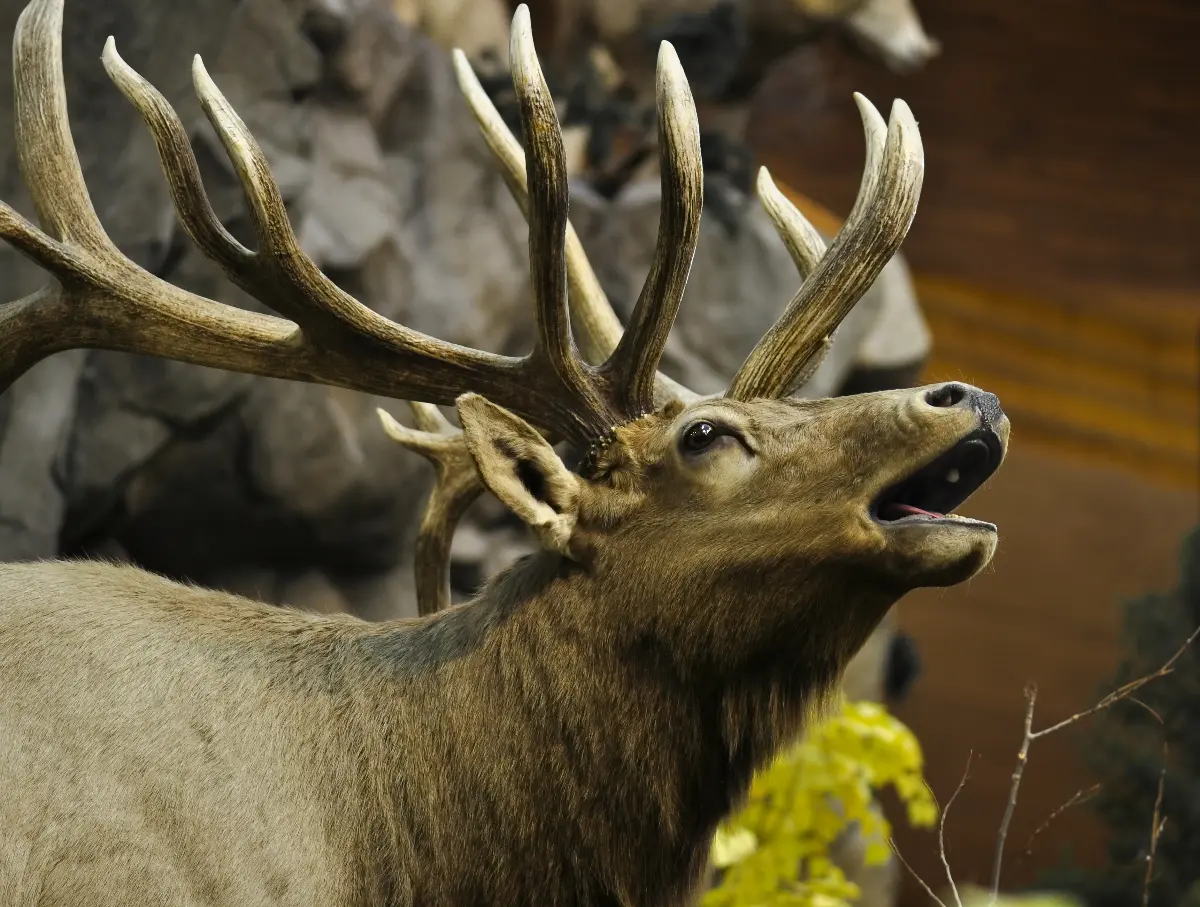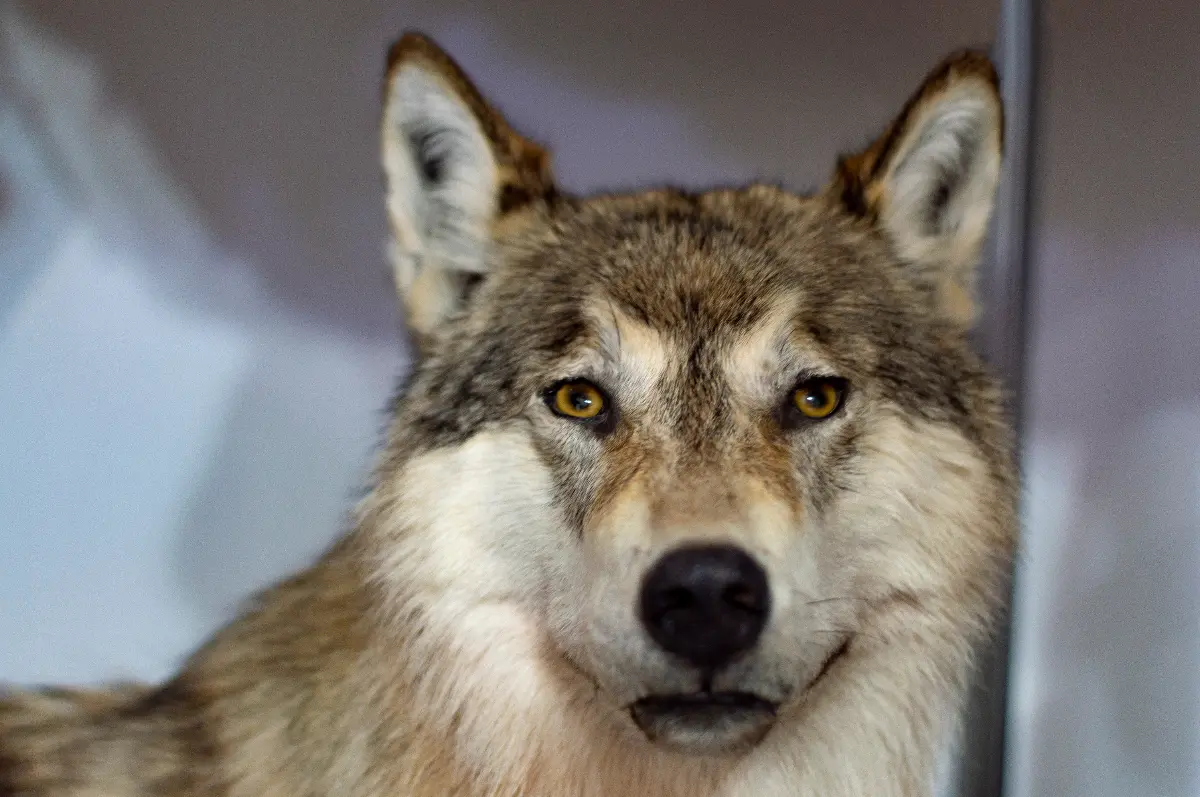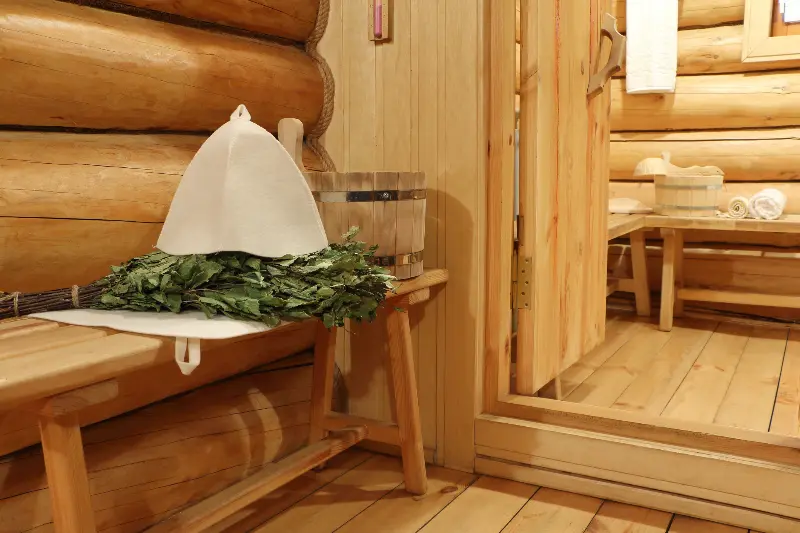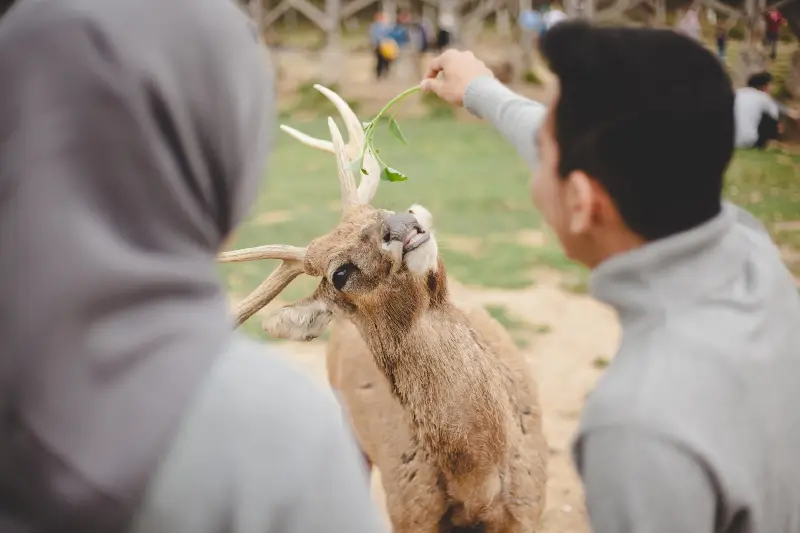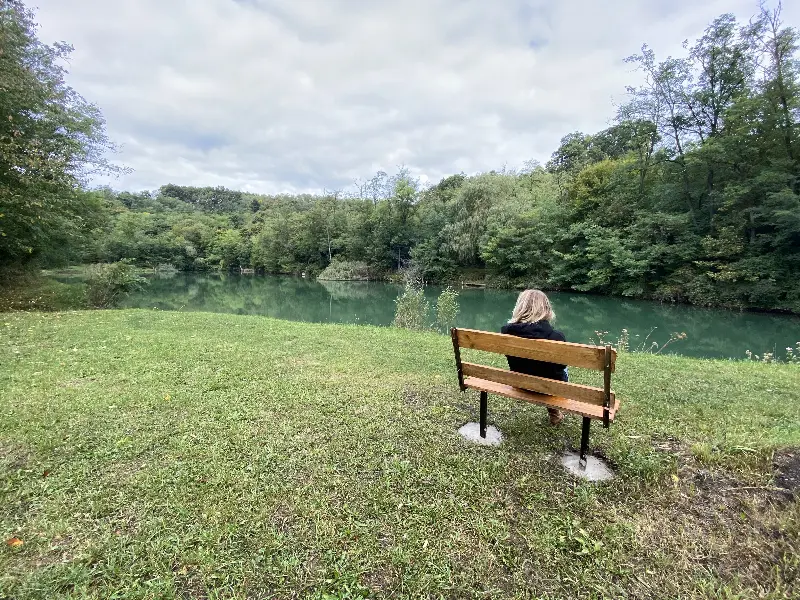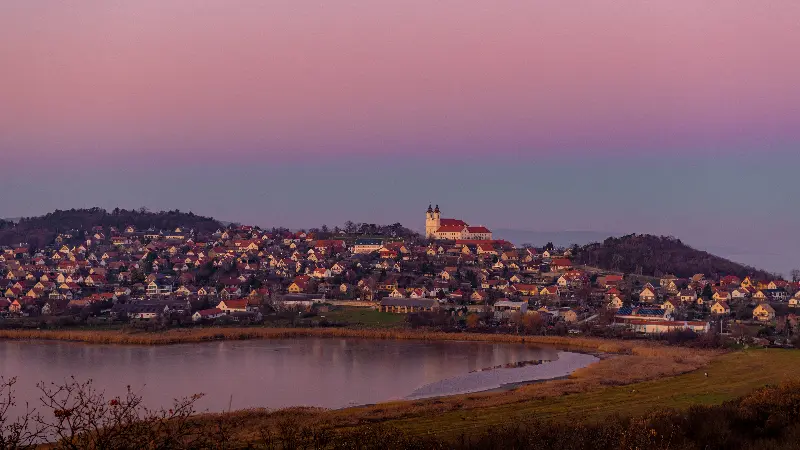
Helyszín címkék:
The “Széchenyi Zsigmond Kárpát-medencei Vadászati Múzeum” (Zsigmond Széchenyi Carpathian Basin Hunting Museum) opened its doors to the public in 2014 in Hatvan, Heves County, with modern exhibitions and displays enriched with interactive elements.
Permanent exhibitions of the museum
The permanent exhibition presents the history of hunting, the game and fish species of the Carpathian Basin, their habitat, the artifacts of hunting culture and ancient gastronomy. It illustrates the evolution of hunting tools, clothing and equipment from the beginning to the present day, covering all periods. It describes the regulations and historical events that have influenced the development of hunting and game populations. Examples include hunting dating right back to the early Middle Ages, and the first hunting law after the Ottomans. During children's activities, museum educators try to evoke the era and environment they are talking about. They dress up in period costumes to demonstrate, for example, the use of hunting tools from different eras. In the museum, there is a room dedicated to the memory of our aristocratic hunting writer, Zsigmond Széchenyi, whose personal belongings provide an insight into the exciting life of this nobleman in the service of nature. Another exhibit covers the history of the museum's “host”, the Grassalkovich Castle in Hatvan.
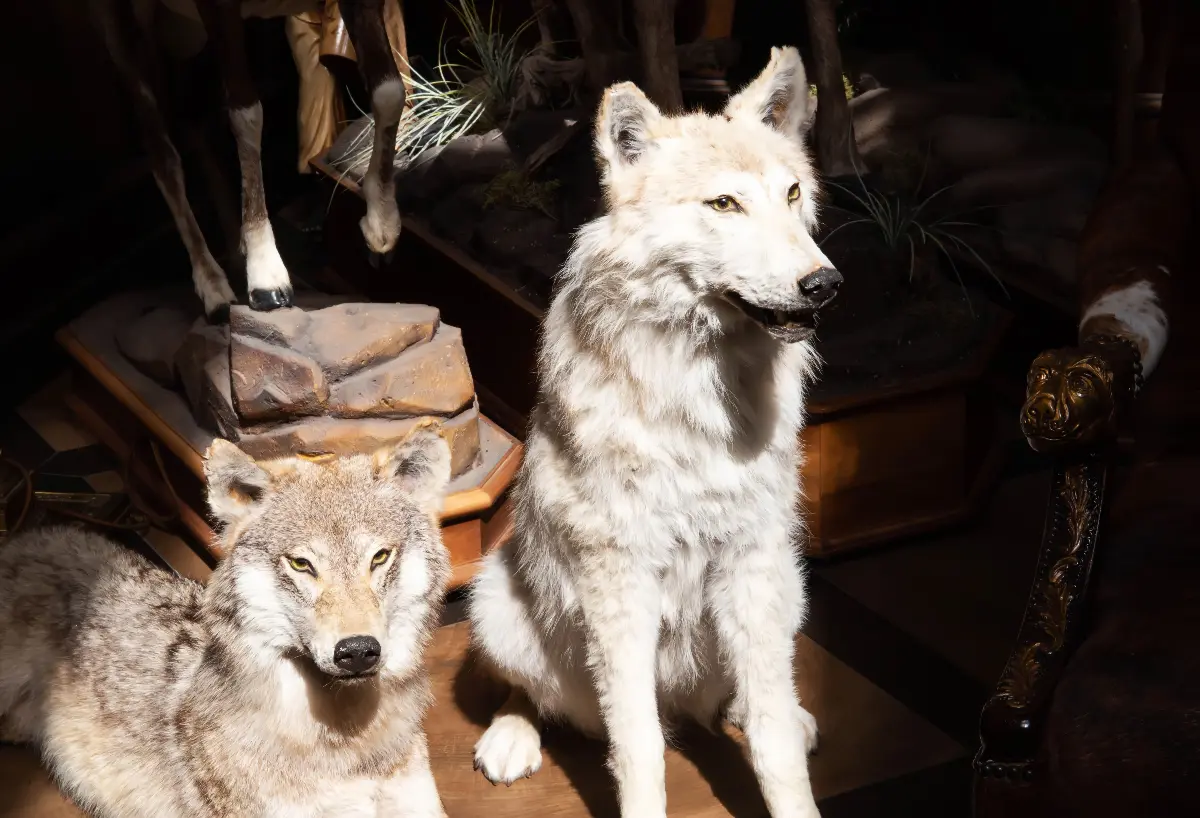
The castle
The Grassalkovich Castle in Hatvan is the dominant building in the main square and one of the oldest in the city. The central part and the eastern wing stand on the site of the huge guesthouse built by Count Tamás Stahremberg Gundacker, landlord, at the beginning of the 18th century, and was built partly using materials from it. The castle was built by Antal Grassalkovich I in two phases, in 1754 the central part was built by Ignác Oraschek, and a decade later, in 1763, the two wings were built by József Jung. The ruins of Hatvan Castle were also used for the construction. It was later owned by the Hatvany-Deutsch family. They installed the neo-baroque stucco decorations in the carriage entrance, the staircase and the upstairs banqueting hall. It has been renovated and rebuilt several times before assuming its present form. During the Second World War, and in the decades that followed, the fittings were dismantled and destroyed by the soldiers and the inhabitants of the area, leaving the building in a state of disrepair. The ornamental trees and shrubs were cut down under the pretext of land-use planning; a college, hospital, clinic, nurses' home and then a housing estate were built on the site of the former park, which is now only a few hundred square metres of green space.
The experience area
The museum's “Vadászati Élménytér” (Hunting Experience Centre) hosts a number of events throughout the year. The 400 m2 “Nagy Endre Rendezvényterem” (Endre Nagy Event Hall) is the venue for seasonal exhibitions, concerts, shows, theatre performances and balls. The “Gyermekfoglalkoztató terem” (Children's Activity Room) is used for children's parties and other small-scale events, while the playhouse is a playground for children, mainly aimed at pre-school and primary school age groups. For older children, a wildlife learning area has been set up where curious eyes can examine animals and plants under magnifying glasses and microscopes. They can also discover scent samples and woodcuts. There is also origami, colouring and drawing craft activities, as well as leather decorating workshops for the little ones.
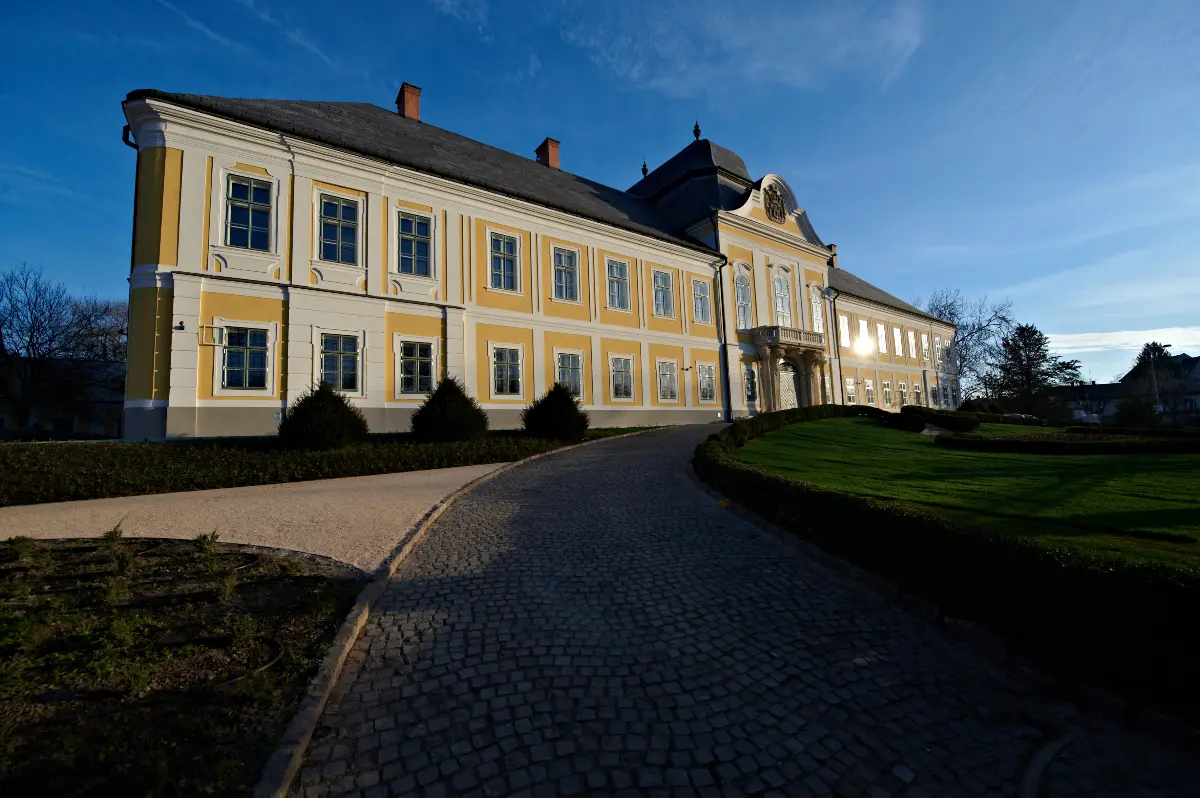
Zsigmond Széchenyi
Count Zsigmond Antal Széchenyi of Sárvár-felsővidék (Nagyvárad, 23 January 1898 - Budapest, 24 April 1967) is remembered as a great traveller and writer, an outstanding figure of Hungarian hunting culture. He hunted all over Europe, but also in Africa and India, and even in Alaska. His outstanding hunting trophy was a world record addax (white antelope). His hunting library is the largest collection of hunting reference books in Hungary, currently on display in the “Magyar Természettudományi Múzeum” (Hungarian Museum of Natural History).

